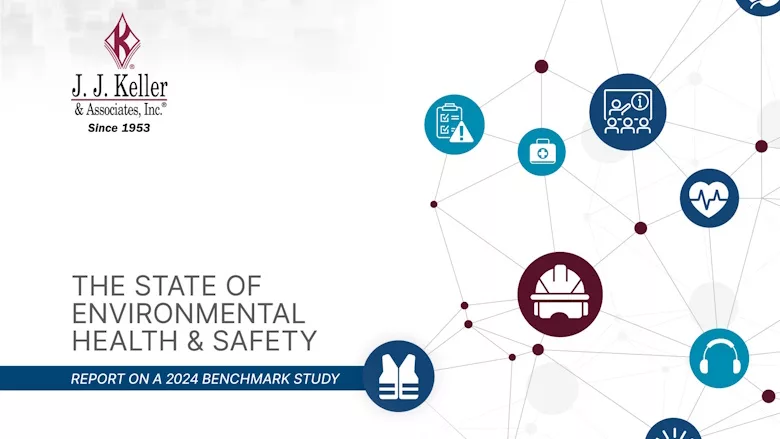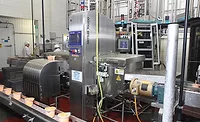BIZTRACKS
J. J. Keller Releases First Benchmark Study on the State of EHS

Image credit: J.J. Keller & Associates, Inc.
J. J. Keller & Associates, Inc., has released a study report for its inaugural "State of Environmental Health & Safety" benchmarking study, conducted by the J. J. Keller Center for Market Insights, the company’s collaborative research arm.
The study is aimed at gaining a deeper understanding of how safety professionals perceive safety within their organizations and the overall state of safety in today’s workplaces.
The newly released study report can be downloaded here.
Conducted from November 18 to December 2, 2024, the online survey was open to individuals responsible for environmental health and safety (EHS). The study reflects J. J. Keller’s ongoing mission to protect people and the businesses they run because, by identifying the challenges faced by EHS professionals, it becomes possible to foster improvements within the industry.
"Reading the survey results made me smile,” said Joe Proulx, EHS editor with J. J. Keller & Associates, Inc. and co-author of the study report. “Despite crucial challenges and concerns about regulatory complexities, attitudes, and management situations, the focus wasn’t solely on compliance and discipline. Instead, it was on addressing the important roles all employees play in building a sustainable safety culture, not just the responsibility of safety professionals alone."
Key Findings
EHS Challenges
- Difficulty getting employees to understand and follow safety procedures.
- Balancing EHS needs with other business demands.
- Overcoming resistance to change and establishing a safety-first culture.
Critical Factors for Compliance
- Effective training and education (though 77 percent find it challenging to ensure employees apply training on the job).
- Strong management commitment and accountability.
- Sufficient employee engagement and ownership of safety.
EHS Initiatives and Risk Planning
- Impacts of a strong safety culture: reduced environmental incidents, violations, and fines.
- Top three impacts considered when planning for EHS risks: regulatory risk/non-compliance costs, physical damage, and business continuity.
- Top tools to help mitigate EHS risk: environmental audits and compliance calendars.
EHS Now and Future
- Increase in regulations, with mixed expectations for the future.
- Growing importance of new technologies like AI in safety efforts.
- Increased need for employee engagement in EHS practices, but challenges in hiring experienced safety professionals.
To further examine the findings with the public, J. J. Keller offered a free webcast titled "The State of Environmental, Health & Safety Benchmark Study: Current Trends and Future Outlook" on May 20, 2025. To view the recording through June 30, 2025 at no cost, click here.
Looking for quick answers on food safety topics?
Try Ask FSM, our new smart AI search tool.
Ask FSM →









